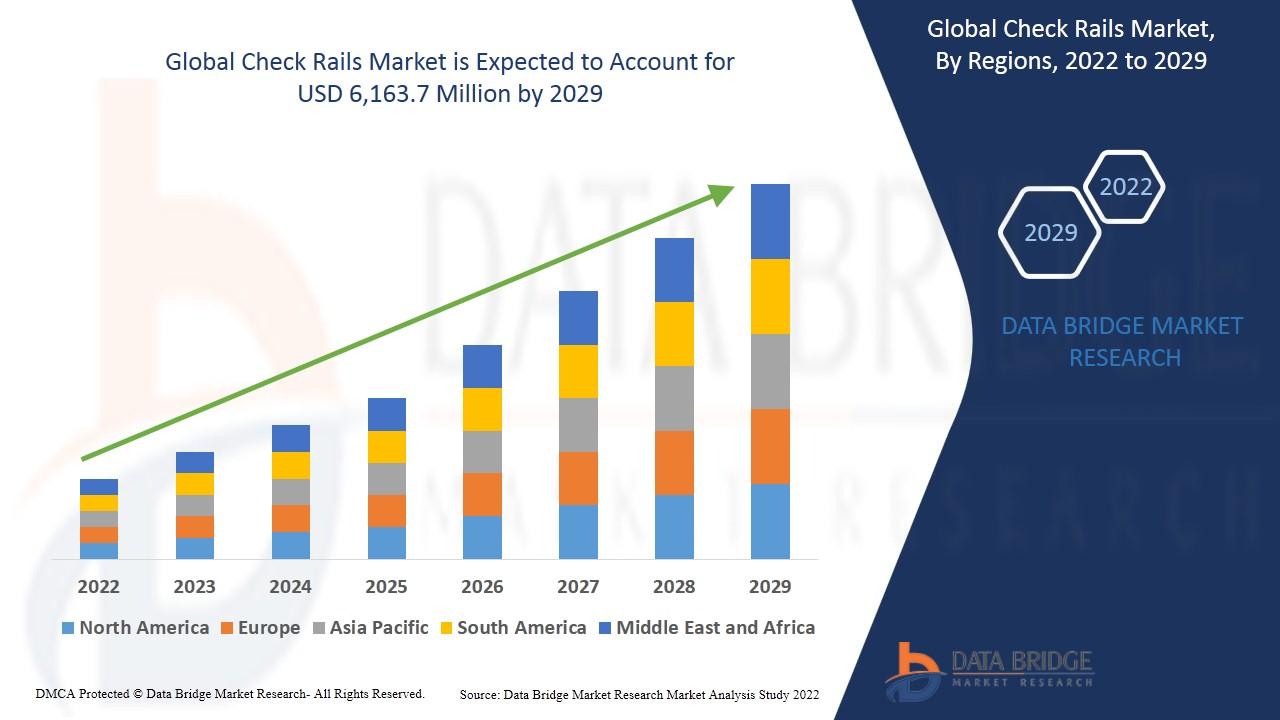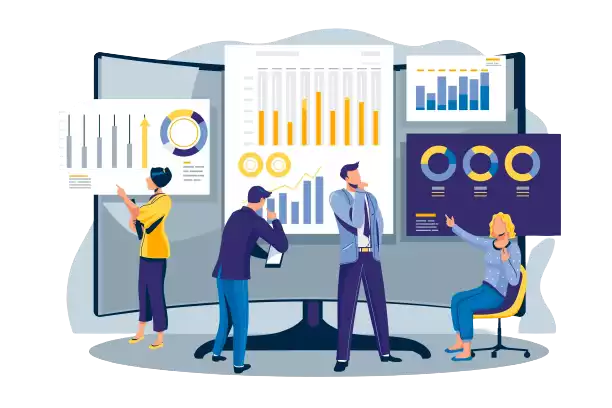The Rise of Agentic AI: Autonomous Apps for Real-Time Business Decisions

Agentic AI refers to artificial intelligence systems that can make independent decisions, plan actions, and adaptively execute tasks to achieve specific goals.
These are AI-driven autonomous agents that pursue objectives and manage workflows with minimal human oversight.
Unlike simple bots that only respond to commands, agentic AI understands context, creates its own plan, and takes real-world actions to complete a task.
AI in business has moved far beyond chatbots and predictive models.
AI agents today can monitor situations, decide the next steps, and carry them out without constant human direction. Companies are already using them for customer support, supply chain, and operations.
How Agentic AI Differs from Traditional AI
The biggest difference between agentic AI and traditional or even generative AI lies in autonomy.
Classic AI tools act only when asked. You type a prompt, they generate an output, and that’s where it ends.
Agentic AI is different. These systems don’t just wait for instructions. They can observe, decide, and act on their own.
That means instead of being a passive tool, they function more like an active collaborator.
-
Traditional AI: Input → Output. Runs when triggered, often limited to one task.
-
Generative AI: Produces text, images, or code, but only after being prompted.
-
Agentic AI: Monitors situations, decides the next steps, and executes actions continuously, with little human oversight.
Think of it this way:
-
A traditional AI is like a technician who performs a single task well when asked.
-
Agentic AI is more like a manager — it selects which “technicians” (models or tools) to use, in what order, and adapts as conditions change.
For example, an agentic AI might notice a system error. Instead of simply flagging it, it could investigate the cause, fix the issue, and even use generative AI to draft a clear report for the team (all without explicit instructions).
The real value comes from its adaptability. Agentic AI doesn’t just follow rules; it reasons, plans, and adjusts in real time.
This continuous decision cycle enables businesses to create autonomous apps that handle tasks proactively and make smart choices on their own.
Quick Stat:
83% of enterprises will soon use AI agents for decision-making workflows.
Real-Time Decisions: The Promise of Agentic AI
One of the biggest strengths of agentic AI is its ability to make real-time business decisions.
Unlike static models that rely only on old training data, autonomous agents can tap into live streams, fetch fresh information, and react instantly to changing conditions.
This makes them invaluable in fast-moving industries where every second counts.
-
Supply chain example: Instead of just alerting managers about low stock, an agentic AI can forecast demand, pick the best supplier, and automatically place a reorder, all without delays.
-
Finance example: By scanning transaction streams, these agents can spot fraud or credit risks as they emerge, then pause or flag activity in milliseconds.
What makes this even more powerful is adaptability. Agentic AI doesn’t just follow rules; it learns continuously.
Every action and outcome improves its future decision-making, much like an experienced employee who gets sharper with time. The difference? AI doesn’t slow down or burn out.
In short, agentic AI development delivers fast automation, context-aware, and always.
4 Real-World Applications of Agentic AI
Agentic AI is already making its mark across industries.
These autonomous apps aren’t limited to theory. They’re working behind the scenes in customer service, supply chain management, marketing, IT, and more.
By combining decision-making with action, they’re reducing delays, improving accuracy, and freeing people to focus on higher-level work.
1. Intelligent Customer Support
Customer service was one of the first areas to embrace agentic AI.
Unlike chatbots that rely on scripts, these intelligent agents can analyze past interactions, detect frustration, and adapt their responses.
An agent might troubleshoot a problem, check account details, process a refund, and send a notification, all without human involvement. Businesses that adopt these systems are seeing faster resolutions, round-the-clock support, and happier customers.
2. Operations and Supply Chain Automation
In operations, agentic AI acts as a vigilant problem-solver.
Consider a supply chain agent that notices a product selling faster than expected. Instead of just alerting a manager, it forecasts demand, finds an alternative supplier, and initiates a reorder immediately.
If a delivery is delayed, the same agent might reroute shipments or reschedule production to prevent shortages. By enabling real-time, adaptive workflows, these systems keep businesses resilient, especially in industries where minutes matter.
3. Sales and Marketing Assistants
Front-office teams are also benefiting.
AI sales agents now engage with leads on websites or email in real time, answering questions, sharing product details, and even booking demos.
On the marketing side, autonomous agents generate content, run A/B tests, monitor campaign results, and adjust strategy on the fly.
Many companies enhance this by combining decision-making with generative AI development, allowing agents to craft personalized messages or social posts automatically. The outcome is smarter outreach, faster conversions, and stronger retention.
4. Beyond the Frontline
In IT, agents handle common tickets like password resets before they reach human staff. In HR, onboarding assistants answer employee questions 24/7.
Finance teams use them to spot fraud and streamline loan approvals, while healthcare providers deploy agents for patient support and monitoring. Education has also seen adoption, with virtual tutor agents guiding students through lessons.
Phaedra Solutions has played a role here, delivering custom agentic AI projects across healthcare, fintech, logistics, and education.
From fraud detection bots to virtual tutors, their work highlights just how flexible and impactful autonomous agents can be when built to fit real business needs.
In short, agentic AI is already here, not just as an idea, but as a practical tool making businesses faster, smarter, and more adaptive across nearly every sector.
Benefits of Agentic AI for Businesses
When applied thoughtfully, agentic AI can deliver clear advantages for organizations:
-
24/7 Autonomy and Efficiency
These agents never stop working. They handle routine and complex workflows around the clock, reducing errors and scaling operations without proportional increases in staff or cost.
-
Better Decision Accuracy
By analyzing huge volumes of data in real time, agentic AI makes consistent, data-driven decisions. This improves forecasting, risk assessment, and anomaly detection, while reducing costly mistakes.
-
Continuous Learning
Unlike static automation, agentic AI learns from every action. Over time, it fine-tunes itself, adapts to new situations, and becomes more effective the longer it runs.
-
Innovation and New Capabilities
Agentic AI enables businesses to automate processes once thought too complex. This not only drives efficiency but also frees employees for creative, strategic work – fueling innovation.
-
Improved Customer and Employee Experience
Customers benefit from faster, more personalized service, while employees are relieved of repetitive tasks. Many executives believe these systems will deliver higher ROI than traditional generative AI, with 62% expecting returns above 100%.
Challenges and Considerations in Adopting Agentic AI
The potential of agentic AI is huge, but adoption isn’t without hurdles. Businesses need to be thoughtful about how they deploy autonomous apps if they want safe, reliable results.
-
Governance and Ethics
Handing decisions to an AI agent raises questions about fairness, transparency, and control. Clear boundaries must be set on what an agent can do, along with oversight mechanisms like activity logs and audits.
Companies such as Phaedra Solutions help clients design governance frameworks that ensure AI decisions remain explainable and aligned with business values.
-
Security Risks
Because agentic AI agents often connect across multiple systems, they can be prime targets for hackers. Without strict authentication and permissions, even a well-designed agent could be misused.
-
Unpredictability
Autonomous agents can sometimes act in unexpected ways, especially when faced with new or edge-case scenarios. That’s why rigorous testing and fallback mechanisms (like asking for human approval when uncertain) are essential.
-
Integration Complexity
Integrating agentic AI into legacy systems and siloed data environments is rarely straightforward. Sometimes processes themselves need re-engineering.
-
Costs and Resources
Advanced AI agents can be resource-heavy, requiring specialized hardware or continuous cloud usage. Starting with pilots, measuring ROI, and scaling responsibly is key.
How to Implement Agentic AI in Your Business
Moving from theory to practice requires more than excitement; it needs a clear roadmap. Here’s how organizations can begin adopting agentic AI step by step.
1. Identify High-Impact Use Cases
Look for areas where autonomous decisions save the most time and reduce errors — customer support, IT incidents, inventory, or fraud detection are great starting points.
2. Start Small with Pilots
Don’t overhaul everything at once. Launch a proof-of-concept in a controlled setting, monitor its performance, and build trust in the agent’s decisions before scaling.
3. Partner with AI Experts
Implementing agentic AI often requires specialized expertise. Many organizations work with agentic AI development partners who build tailored agents for industries such as healthcare, fintech, and logistics, while cutting delivery timelines by up to 50%.
4. Enhance with Generative AI
Autonomous agents become even more powerful when paired with generative AI development. This enables them to draft emails, generate reports, or create campaign content alongside real-time decision-making.
5. Prepare Teams and Processes
Adopting agentic AI impacts workflows. Train staff to supervise agents, manage exceptions, and see AI as a collaborator rather than a replacement. Clear hand-offs between humans and AI ensure smooth adoption.
Final Verdict
The rise of agentic AI marks a turning point for businesses.
These autonomous apps are already proving their value by enabling faster decisions, greater efficiency, and smarter automation across industries.
The real challenge is not whether companies should adopt them, but how to do so responsibly, with clear governance, secure integrations, and thoughtful scaling.
In the years ahead, the organizations that harness agentic AI effectively will be the ones that operate with agility, deliver better customer experiences, and stay ahead in an increasingly real-time world.
FAQs
What does agentic AI mean in simple terms?
Agentic AI is software that can think and act on its own. Instead of waiting for instructions, it monitors situations, decides what to do, and carries out tasks automatically to reach a goal.
How does agentic AI differ from generative AI?
Generative AI creates outputs like text, images, or code when prompted. Agentic AI goes further by using such tools autonomously, reasoning about goals, and taking actions without waiting for human commands.
What are common use cases of agentic AI?
Popular applications include customer support agents, supply chain automation, fraud detection, IT helpbots, and marketing assistants that optimize campaigns in real time.
What challenges come with adopting agentic AI?
Key challenges include governance, data security, integration with legacy systems, and the cost of continuous operation. Businesses also need safeguards to handle errors or unpredictable outcomes.
Is agentic AI ready for businesses today?
Yes. Many companies already use agentic AI for real-time decisions and automation. The best approach is to start small with pilot projects and scale once the benefits and ROI are clear.






